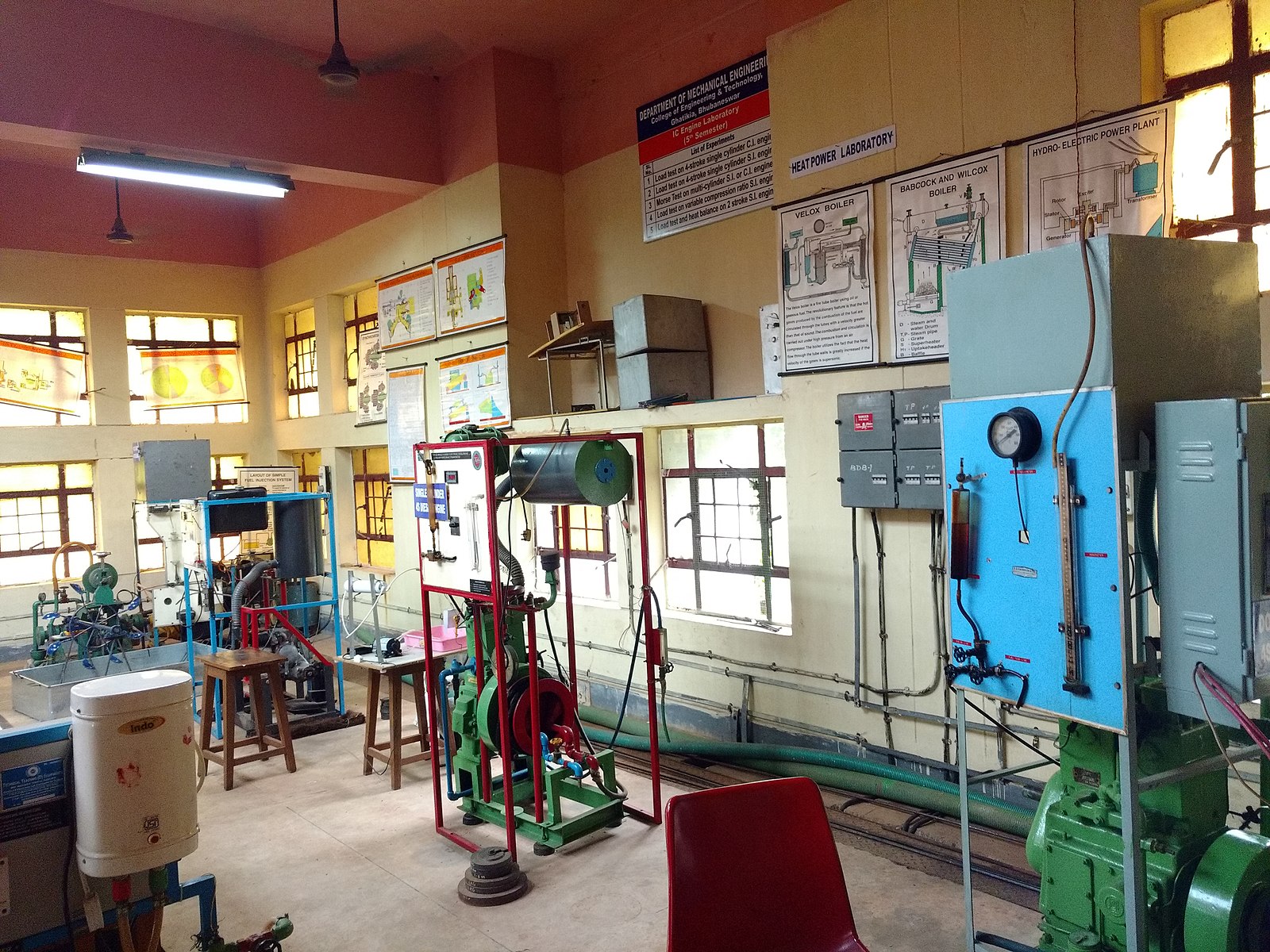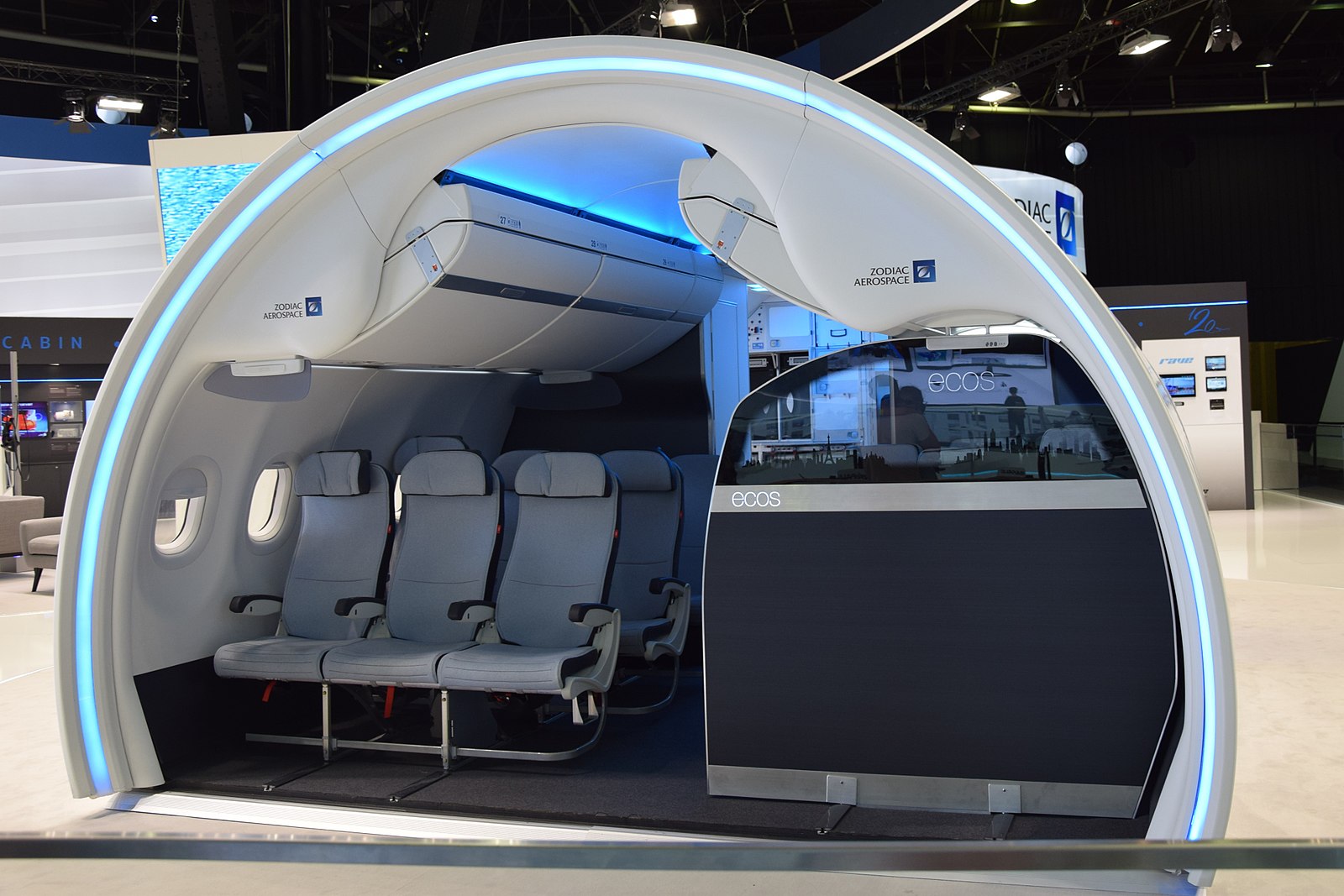Difference Between Aerospace and Mechanical Engineering
Both are a diverse field of engineering that deal with mechanical systems and devices, but the products and systems the two disciplines deal with are quite different. While mechanical engineering deals with mechanical devices and systems that can be used for domestic or industrial purposes, aerospace engineering focuses on aircrafts, spacecrafts, missiles and weapons systems, or any other aerospace related machines. Let’s take a good look at the two engineering disciplines.

What is Mechanical Engineering?
Mechanical Engineering is one of the oldest and most versatile engineering disciplines which deals with design, manufacturing and maintenance of mechanical systems or such things that move as a complex machine. Mechanical is one of the most diverse engineering fields that combines the principles of engineering physics and mathematics with materials science to deal with all types of mechanical devices or systems. Mechanical engineers deal with research, design, manufacturing, and testing of power-producing and power-consuming machines such as internal combustion engines, electric generators, steam turbines, and more. Mechanical engineers typically analyze their work using the principles of motion, energy and force in order to make sure that designs function safely, reliably and efficiently, all at a competitive cost. Mechanical engineering is centered on technologies and products that solve problems and serve human needs. One of the most important steps in the field is manufacturing.

What is Aerospace Engineering?
Aerospace engineering, also called aeronautical engineering, or astronautical engineering, is a primary field of engineering concerned with the design, manufacturing, and maintenance of aircrafts, spacecrafts, missiles and weapons systems, and testing of aerospace products. Aerospace is a vast field of study which covers two main areas, namely aeronautical and astronautical engineering. The core subjects include the study of aerodynamics, avionics, materials science, thermodynamics, propulsion, control systems, and electronics. Just like mechanical engineering, it is related to construction and maintenance of mechanical equipment and devices, but with the focus on the aerospace environment. It is a fascinating subject which focuses on everything from physics and mechanics of flight to the principles of navigation and aerospace physiology. To pursue an aerospace engineering degree, you must have a solid background in physics, chemistry, mathematics, computer science, thermodynamics, mechanical design, and fluid dynamics.
Difference between Aerospace and Mechanical Engineering
Discipline
– While both mechanical and aerospace engineering are the fields of engineering that deal with mechanical systems and devices, they are very different engineering disciplines. The aerospace engineering is one of the broadest of the engineering disciplines which focus on aircrafts and other aerospace-related machines. Aerospace engineering covers two main areas, namely aeronautical and astronautical engineering. Mechanical engineering, on the other hand, is one of the oldest engineering disciplines which deals with design, manufacturing and maintenance of mechanical systems or things that move as a complex machine.
Focus
– Both the engineering fields are concerned with the construction and maintenance of mechanical equipment and devices, and many of the principles of engineering apply to both of them. However, aerospace engineering is based on the aerospace environment and focuses on everything from physics and mechanics of flight to the principles of navigation and aerospace physiology, and testing of aerospace products. Mechanical engineering focuses on design, manufacturing and maintenance of power-producing and power-consuming machines such as internal combustion engines, electric generators, steam turbines, and more.
Skills
– Some common unique skills required for work in both the fields include strong mathematical and analytical skills, technical expertise, creative thinking, mechanical skills, communication skills, attention to detail, teamwork, self-management, commitment, project management, etc. However, to pursue an aerospace engineering degree, you must have a solid background in physics, chemistry, mathematics, computer science, thermodynamics, mechanical design, and fluid dynamics. Mechanical engineering, on the other hand, requires understanding of the basic concepts of physics, chemistry, advanced mathematics, chemical engineering, electrical engineering, and materials science.
Job
– Mechanical engineers deal with research, design, manufacturing, and testing of power-producing such as electric generators, steam turbines, wind turbines, internal combustion engines, etc.; and power-consuming machines such as refrigeration devices and air conditioning systems. Mechanical engineers work across a wide range of industries and areas, often developing everyday products. On the other hand, the job of aerospace engineers involves design, manufacturing, and maintenance of aircrafts, spacecrafts, missiles, satellites and weapons systems, or any other aviation related products, Aerospace engineers primarily study aerodynamic performance of aircrafts and propulsion systems.
Aerospace vs. Mechanical Engineering: Comparison Chart

Summary
In a nutshell, aerospace is a much broader field of engineering which not only deals with the design, manufacturing, and maintenance of mechanical systems, but also keeps the focus on the aerospace related devices and systems. Mechanical engineering, on the other hand, combines the principles of engineering physics and mathematics with materials science to deal with all types of mechanical devices or systems. That being said, an aerospace engineer may be able to do the job of a mechanical engineer, but a mechanical engineer cannot do the work of an aerospace engineer because aerospace engineering requires a more specific skill set. That is why the average salary of an aerospace engineer is relatively higher than that of a mechanical engineer, but not necessarily though.
- Difference Between Caucus and Primary - June 18, 2024
- Difference Between PPO and POS - May 30, 2024
- Difference Between RFID and NFC - May 28, 2024
Search DifferenceBetween.net :
1 Comment
Leave a Response
References :
[0]Wickert, Jonathan and Kemper Lewis. An Introduction to Mechanical Engineering. Boston, Massachusetts: Cengage, 2016. Print
[1]Corda, Stephen. Introduction to Aerospace Engineering with a Flight Test Perspective. Hoboken, New Jersey: John Wiley & Sons, 2017. Print
[2]Senson, Ben and Jasen Ritter. Aerospace Engineering: From the Ground Up. Boston, Massachusetts: Cengage, 2011. Print
[3]Tooley, Mike et al. Aerospace Engineering e-Mega Reference. Oxford, United Kingdom: Butterworth-Heinemann, 2009. Print
[4]Image credit: https://commons.wikimedia.org/wiki/File:Zodiac_Aerospace_at_Paris_Air_Show_2017.jpg
[5]Image credit: https://en.wikipedia.org/wiki/File:CETB_Mechanical_Engineering_Laboratory-2.jpg

This is quite misleading
Mechanical is much broader than aerospace.
But they are very similar to each other. Those who are interested in aerospace get their undergrad in mechanical and take their masters in aerospace.
So mech is good way to go to the aero field not viceversa!!